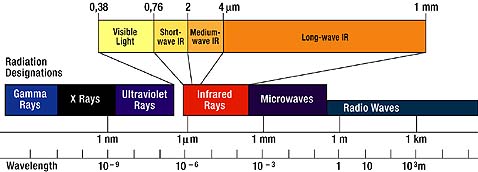One question I have about these types of setups is there is not a common busbar for the breakers to connect to as we do in the US. Do they simply daisy chain with wire all the separate circuits?
ETA: Did some googling and I see there are availble screw on bus bars of different configuration you can get that handle a daisy chain style hookup. Not as robust as a big solid busbar our CB panels in the US use. Interesting how countries do this stuff different.
Yeah, its rather different depending on the country.
Also, the available connections to the grid are different for each country. Here in NL we used to have 1x25A (single phase 230V) with an oldschool meltable fuse. That got upgraded to 35A, and somewhere in the 90's became 40A with a breaker (which you could reset yourself - the old fuses were behind a panel which only an installer had access to).
Nowadays, 3x 25A (three-phase) is common. But in all occasions for normal househoulds, currents are low, so no need to have big solid busbars.
There are as you saw screw-on busbars to connect up to 4 breakers on a single RCD (which is, in NL, the max allowed). They can be bought pre-configured: 4x 16A circuit and a RCB: https://www.sandervunderink.nl/aardlekschakelaar-2-polig-met-4-lichtgroepen-b16.html
For some small appartments (mainly used by social housing) there are systems with integrated busbars available. You just snap-on a circuit and the backplane acts as busbar. ( ABB busboard - see eg
We don't have massive 50-100A connections by default.. (but we are also not used to have massive HVAC systems as in the USA, so much less need for high currents).
3-phase does however have some benefits when charging an EV, so it does make sense new houses nowadays have 3-phase systems (since almost all new company cars the last few years are EV).
As far as the power outages... the grid is pretty reliable here in NL, we don't have overhead cables which are easier to fail due to snow/trees/winds. If we did have more outages, I would go for a few cheap Chinese diesel heaters. Those can be run easily on a limited battery and still provide sufficient heat..



